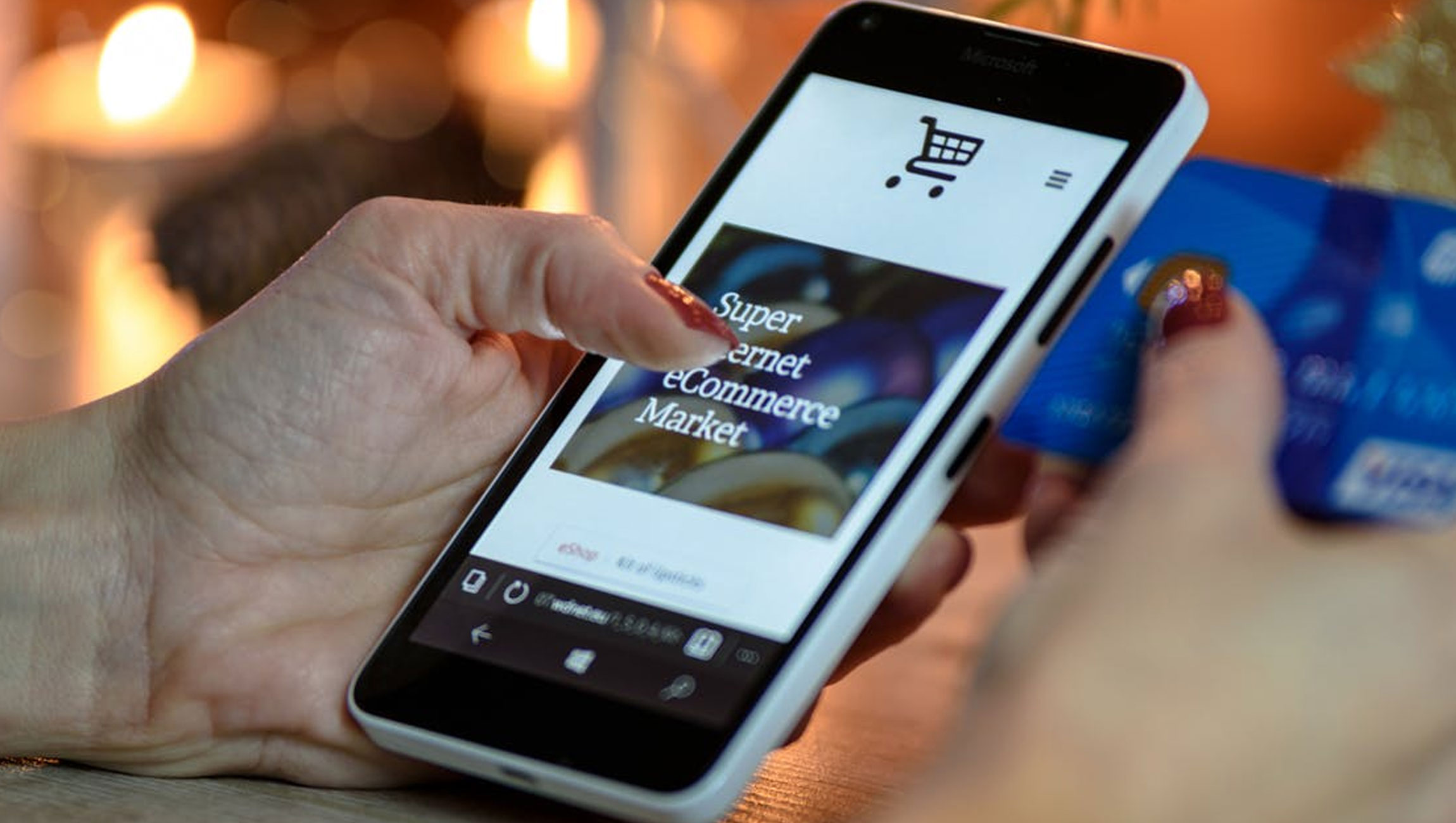 Everywhere you look, B2B businesses are urged to think more like their counterparts in the B2C space. We’ve seen article after article talking about social selling, the importance of omnichannel commerce, the value of influencer marketing in B2B, and more. And in many ways, this advice is sound. After all, buyers are consumers as well, and they expect engaging, convenient and simplified experiences from B2B businesses.
Everywhere you look, B2B businesses are urged to think more like their counterparts in the B2C space. We’ve seen article after article talking about social selling, the importance of omnichannel commerce, the value of influencer marketing in B2B, and more. And in many ways, this advice is sound. After all, buyers are consumers as well, and they expect engaging, convenient and simplified experiences from B2B businesses.
Still, many strategies that work in the consumer space simply won’t gain ground in B2B. That’s because, despite all the buzz, B2B will never perfectly mirror the B2C experience.
Think about the B2B buying process — for example, imagine buying a fleet of bulldozers. It’s not an independent exercise, but a collaboration between the buyer and the salesperson. Each of those bulldozers has hundreds of parts and configurations. The process is never as simple as clicking a few buttons and checking out, like it is in B2C.
Also Read: Why Data Orchestration Is a Big Deal for B2B Marketers
Smart marketers understand that B2B will never be exactly like B2C — but that doesn’t mean they can’t learn a few things from B2C, either. The trick is knowing what lessons to keep and what to leave behind.
Here’s where B2B marketers can take cues from the B2C space:
-
Engaging buying experiences
Just because you’re buying a bulldozer doesn’t mean it has to be a dry, uninteresting user experience. We enjoy shopping as consumers. It’s fun to buy products from Apple — the environment is exciting, the store is crisp and clean, the products are featured in a compelling way. Why not make the B2B experience more exciting for customers, too?
One way to do this? Augmented reality.
AR can not only shake up the buying experience, but also help buyers more easily visualize their purchases. Whether it’s for replacement parts for industrial machines, vehicles or even equipment for office spaces, AR can clarify spatial requirements, item positioning, dimensions and more. This eliminates confusion and allows for easier decision making across multiple buyers — and it replaces frustrating experiences with more interactive, engaging ones.
Also Read: Five Instagram Tips Every Real Estate Agent Should Know
-
Simplified self-service options
Given the complexity of the sales process, B2B will always be collaborative. But buyers crave independence. In fact, 59 percent of B2B buyers report they would rather research products and services online rather than interact with sales reps. But too many B2B businesses overlook this demand, and they’re losing out because of it. Wherever you can, enable buyers to do research and make decisions on their own.
Configure-Price-Quote technology (CPQ) enables this level of independence for buyers researching and purchasing complex offerings. CPQ technology automates error-prone manual processes that might otherwise take weeks, enabling buyers to receive accurate order configurations and real-time quotes without dealing with lengthy and convoluted workflows. If you’re buying that fleet of bulldozers, you will likely end up talking to a sales rep eventually — but you could research pricing and products more easily on your own.
B2B will never be as simple as adding options to an online shopping cart, and digitizing a product catalog will never be enough. Businesses that seek to closely replicate B2C tactics are misguided. Rather than blindly following B2C trends, consider the actual needs of your buyers. If you can make their lives easier by replacing outdated workflows and frustrating purchase processes, you’re already ahead of the game.
Also Read: Managing The Flow: How To Choose Project Management Software For Your Team












Comments are closed.